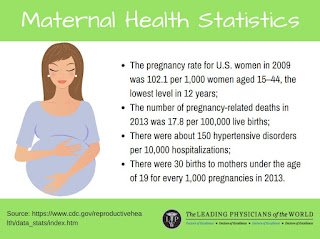Medical Career Trends

Healthcare is seen as a unique and most respected career choice when compared to other areas. For the last few decades, medical jobs have been minimal. For now, there are more than 200 designations available in healthcare sector. Just as the size of the medical field has increased, there have been major strides in medical advancements. It is remembered that in 2003 the number of women outnumbered that of men enrolling in medical schools around the globe. All the advancements and changes have however not come cheap. The U.S national health spending was below $2 trillion in the year 2006. This article will help you understand the historical medical advancements, medical careers available, and facts about current and former medical positions alongside salary information. Medical Advancements Let’s look at a few medical advancements since 460 B.C and how the medical profession is today: 460 B.C. - This is the time Hippocrates, who is regarded as the father of weste




